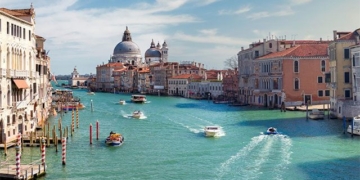Between 2018 and 2022, this country “produced” 70 millionaires every day. However, nearly 800 million people here still rely on the Government’s food security program.
32-year-old Nasreen Khatoon and her two children are facing hunger. They live in a slum in New Delhi, India. “Some days I have milk in the kitchen but no sugar. Other days I have sugar but no milk. I worry about each meal; I don’t know what we will eat tomorrow. I’m not sure if I will survive this hunger while my children cry constantly from hunger,” Khatoon shared with VICE World News.
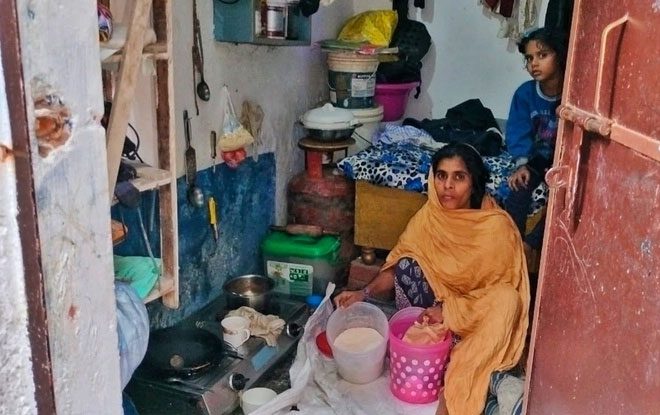
In addition to tea with milk and sugar, their diet mainly consists of bread.
The extreme poverty and skyrocketing inflation are rampant in India. Nearly 800 million Indians depend on the Government’s food security program. Researchers estimate that up to 100 million Indians need food assistance to survive but are not included in this program; Khatoon is one of them. Recently, the Indian government announced that it would add 10 million more impoverished individuals to this program. Khatoon hopes she will be one of the lucky ones to receive a ration card.
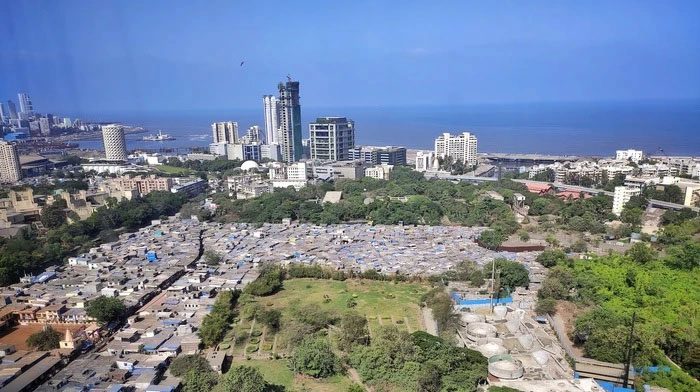
Slums at the foot of skyscrapers in Mumbai.
Two Opposing Worlds
The Global Hunger Index (GHI) published a few weeks ago rated India as one of the hungriest countries in the world, ranking 107 out of 121 countries on the 2022 assessment list.
The poverty crisis has become a concerning issue in India, a country that is the fifth-largest economy in the world and home to hundreds of billionaires. More than a month before the GHI was released, Gautam Adani, an Indian entrepreneur, became the second richest person in the world. He is currently ranked third on Forbes’ list of the world’s richest billionaires and is the richest person in Asia. Mukesh Ambani, another Indian entrepreneur, is also the eighth richest person in the world.
According to Oxfam, 10% of India’s wealthy hold 77% of the country’s wealth. In fact, from 2018 to 2022, India is estimated to have “produced” 70 millionaires every day.
Anjali Bhardwaj, a human rights activist involved in the Right to Food campaign, shared: “Today, there are two Indias: one for the increasingly wealthy, and the other for millions of families struggling to have enough to eat twice a day.”
While the rich are getting richer in India, the poor are dying of hunger. This is despite the Indian government’s denial of increasing hunger-related deaths in the country. In August, Sanja Sardar, 30, from West Bengal, died of hunger after he and his wife decided to give their food ration to their child. Meanwhile, the government claimed that Sardar died of tuberculosis. However, a civil rights agency found that the man had been starved for days before his death.
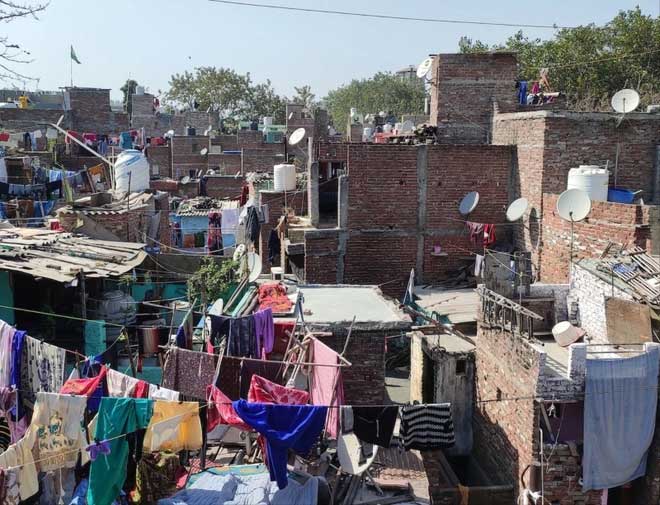
Slum in the heart of New Delhi.
In 2020, a former Indian finance minister wrote: “We will never know how many people die of hunger because no government acknowledges this.”
Sonia Kumari (5 years old) in Agra district of Uttar Pradesh died after having nothing to eat for 15 days. On the day she died, her entire family had gone without food for two weeks and had only received a few sugar biscuits from neighbors. In the same year, a 4-month-old boy named Aaris also died amidst wailing. His mother, Nafisa, had no milk to feed him because she had not eaten for many days. Another child in Jharkhand, Nimani, 5 years old, also died that year after fainting from hunger.
According to Oxfam, a minimum wage worker in rural India would take 914 years to earn the same amount in one year that a top executive at a leading Indian garment company makes.
In explaining the wealth gap in India, Oxfam’s report stated: “73% of the wealth created in 2014 belonged to the top 1%, while about 670 million Indians, who make up half of the poorest population, increased their wealth by only 1%.” In reality, the total wealth of India’s richest individuals exceeds the entire federal budget of India for the fiscal year 2018-2019, which was over $296 billion.
Causes of Wealth Inequality
Himanshu, an economics professor at Jawaharlal Nehru University in New Delhi, stated that although the Indian government operates the largest public food distribution system in the world, there are still many loopholes, errors, and frequent funding shortages within the system. “Despite the government’s efforts, the scale of the problem is vast, requiring more efforts and interventions,” Himanshu said.
“Data shows that budget allocations for food security or health programs have significantly decreased in recent years. That is why the hunger index reflects the alarming situation in India,” commented Pravas Ranjan Mishra, head of the research group at Oxfam.
In the cases of Sonia, Namani, and Aaris, all died from hunger, their families were not provided with ration cards to receive grain subsidies. Although access to food is a basic right in India, only a limited number of people can be granted cards under the law.
Mishra added that India’s tax policy is part of the reason for this. The tax policy is a major cause of inequality in India. It is harsher on the poor than on the rich.
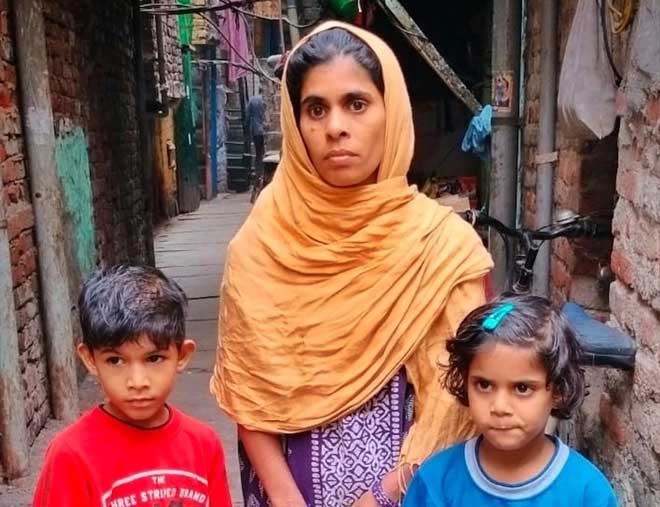
Khatoon with her children outside their home.
India once had a wealth tax, but it was abolished by the government in 2015, despite the country having over 142 billionaires. The Indian government also cut corporate taxes in 2019, leading to a financial loss of nearly $22 million over two years.
However, domestic indirect taxes have increased. Currently, an average worker and a millionaire pay the same tax when purchasing a pack of butter, nearly 12%.
“Rising fuel prices and indirect taxes have pushed up the prices of essential goods, including food. This has led to food insecurity and severe malnutrition, especially among children and women,” Bhardwaj added.
According to Himanshu, poverty goes hand in hand with income inequality. However, this does not mean that if inequality is reduced, hunger will be resolved.
“Taxing the rich would create additional resources for the government, but unless those resources are directed towards social welfare, it will not lead to any changes,” Himanshu explained.



















































